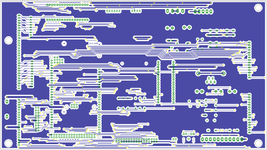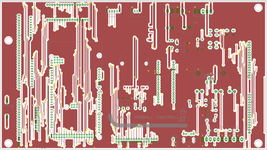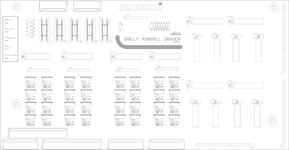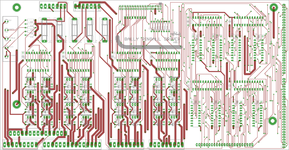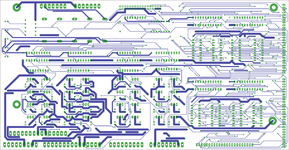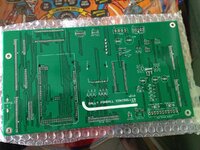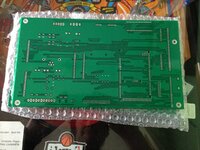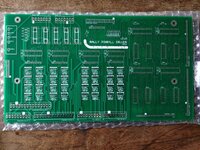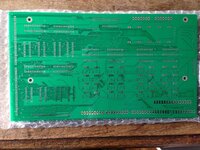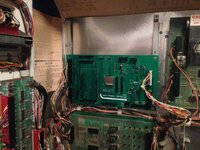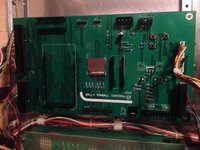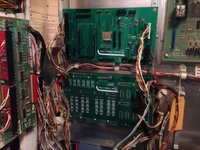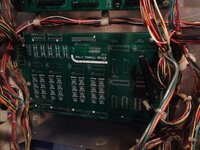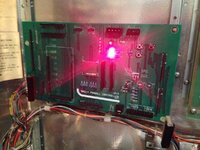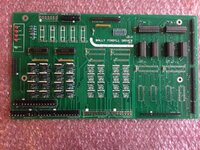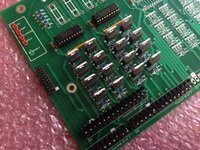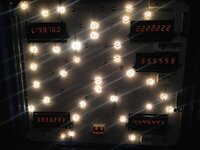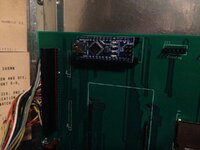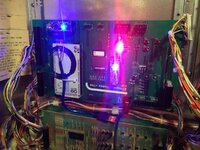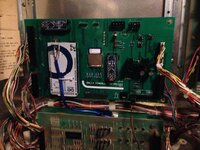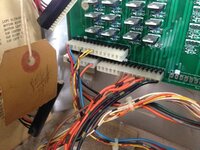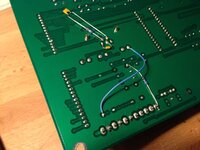B
BloodyCactus
Have you got any photos, vids or info about what you're doing? Sound interesting!
nothing huge; right now I am respinning the boards to use rs485 and turning the 32solenoid driver board into an 8, so I can drop in as few or as many as I need onto the bus. (latency is non existant, 1.5ms to transmit the 128switch state to the boards). master board has 128 direct switches on it, feeds child boards (solenoids/flashers, inserts, etc). all a/v commands go to the raspi which has a usb dac to a car amp doing stero + sub (might change that out to something less beefy and less power hungry). all open source software, open hardware schematics etc.
some old pics of the existing boards;
old RGB insert board (changes not show, dual rj45 jacks for rs485 bus). Does 64 RGB led's for inserts (the FastRGB LED modules from FastPinball which are ws2811's on a stick, very nice).
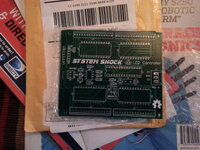
32x solenoid driver (or flashers etc), changes not seen here going to the fab next week are its more like the original prototype at doing 8x standalone.
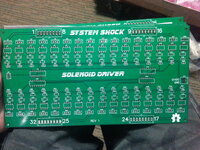
Apologies to MyPinballs for spamming my stuff into his thread.

